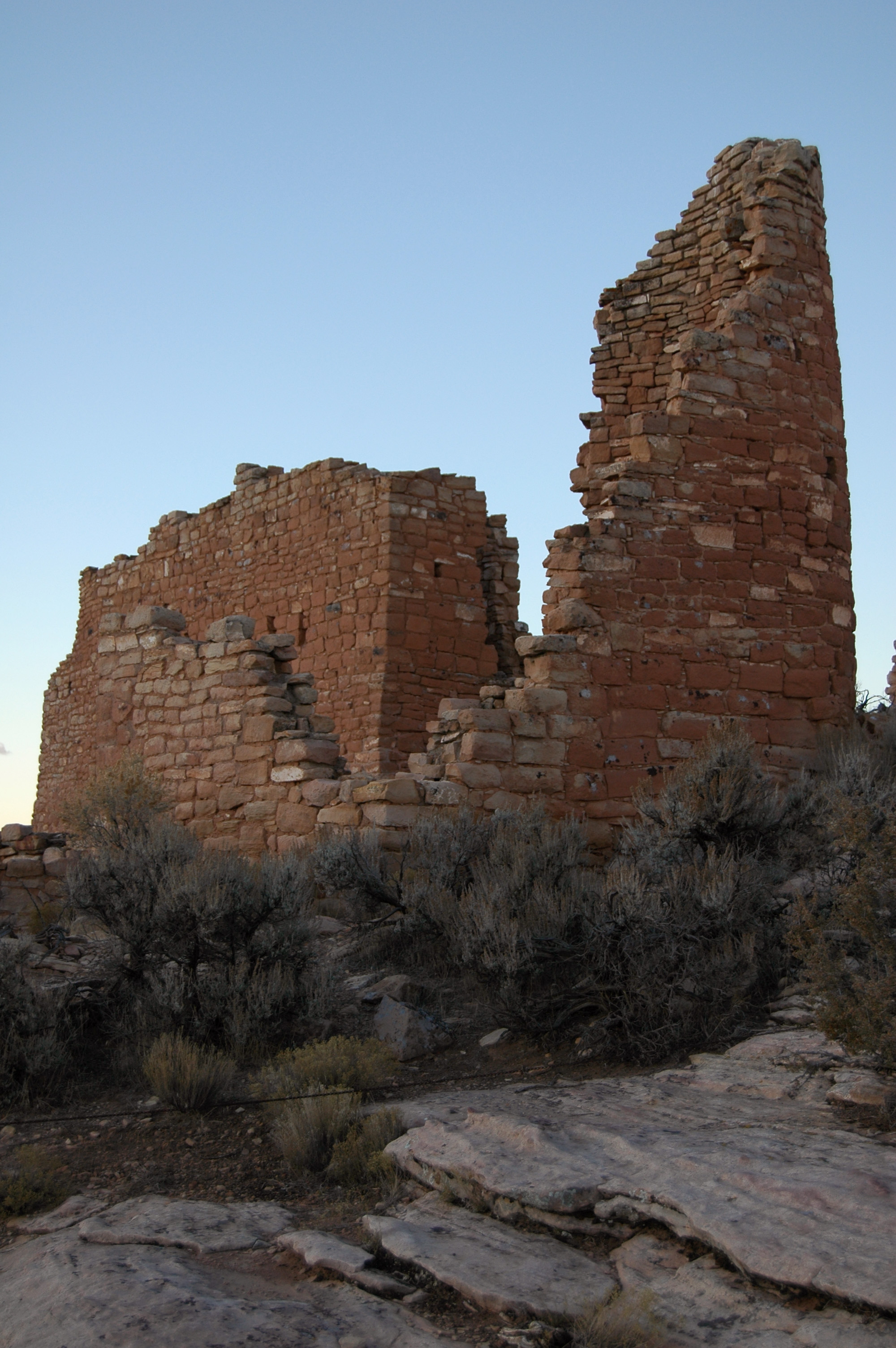
The discovery process is part of the fun of searching out lesser-known backcountry sites.
Still, some of my articles give details about the kinds of artifacts still found at backcountry sites. Some could learn about sites and search out their locations, then run down and fill their pockets full of Pottery shards. Looters have been a problem in the past and law enforcement agencies aggressively prosecute individuals involved in that crime.
As I’ve talked with rangers and archaeologists, I’ve learned that the looters no longer pose the major threat to our ancient treasures. The threat now comes from enthusiasts — from people loving them to death. Some well-meaning individuals can’t resist climbing on ancient rock walls to get that perfect photo. Others arrange (cluster) shards for photos, or put paper against petroglyphs to make tracings or rubbings.
Pottery shards have been clustered by admirers in many spots. That's sad because moving shards makes it more difficult for archaeologist to read the story the ruins tell. Moving the artifacts is much like tearing out and scattering pages from a book. Even if you find all the pages, you've lost the continuity and it takes much more effort to understand the story.
Some fear these wilderness treasures will be lost within the next couple decades. Relics that survived nature’s furry for a thousand years, which survived the looters and vandals, are now being destroyed by well-meaning enthusiasts who can’t resist touching them or moving them...
Education is the only answer. People will learn about these treasures, from my articles or some other source. Hopefully, they will also learn about ethics. They will help family members and Boy Scout troops learn to enjoy these areas in a responsible way.
Here are some basics:
- Take photos and nothin else. It is illegal to remove artifacts from ancient sites.
- Don't climb on rock walls.
- At a few ruins, you are allowed to enter structures. Don't enter unless that is clearly marked as ok.
- Don't touch the rock art. Don't make "rubbings".
- Don't outline the figures to make them stand out. Leave them alone.
- Get all needed permits. (Permits may be required for day hikes and overnight trips.)
- Obey the laws.
- Practice "leave no trace."
- Don't camp right at sites. In many areas is is ok to camp a short distance away.
- Be respectful around springs and streams. Other hikers/campers will also need to utilize water sources.
- Be respectful of the ancient sites, and of modern Native Americans.
